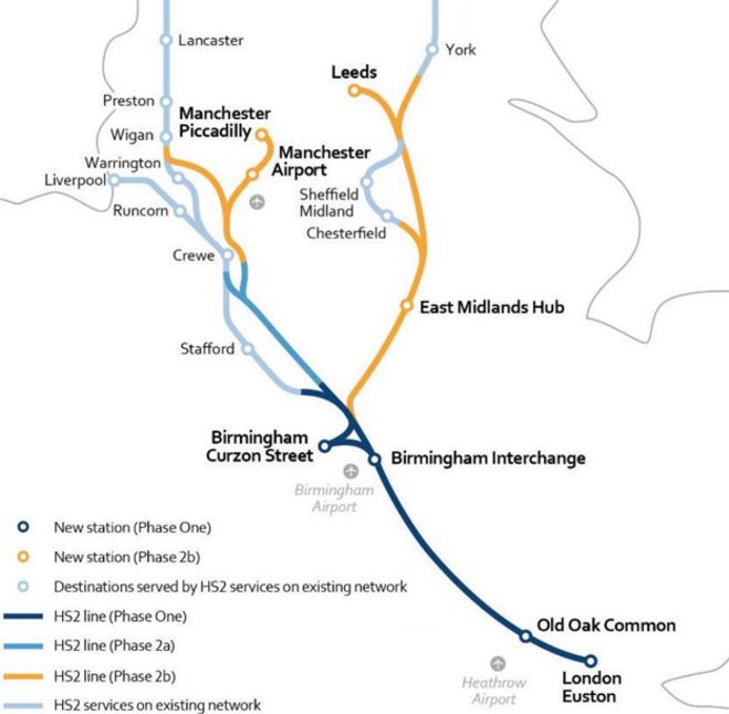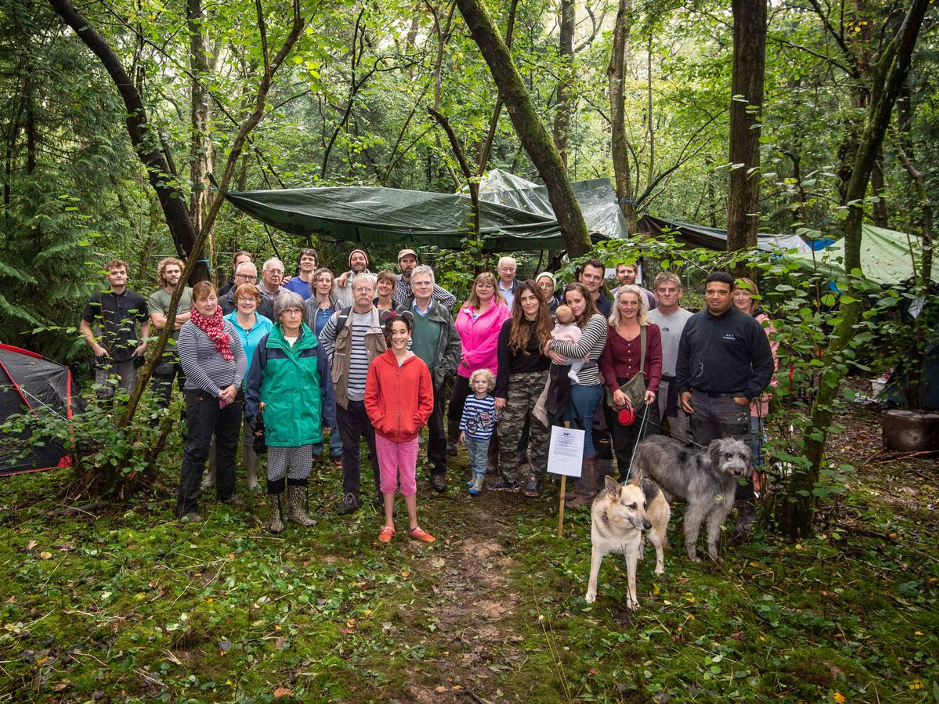
Project summary
This project reviews some of the language used by the Department for Transport, in the guise of HS2 Ltd, to describe and promote the UK’s largest ever high-speed rail project, and to encourage public acceptance of the scheme.
The work is entirely focused on how landscape justice/injustice might be performed through the language of a powerful public body, and how access/connection to, and disconnection from landscape along the long, thin site of the proposed line is addressed or concealed through words.
Key facts about the proposals for HS2 are set out, in order to contextualise examples taken from relevant publications. The relationship between landscape, infrastructure, politics and language is explored, and the concept of hegemony is applied to the language of landscape. A close analysis of examples of the Department for Transport’s use of language to describe the present and future landscapes of HS2 identifies and explores two emerging themes. These are firstly, the language of the north/south divide, and secondly the language used to describe the anticipated connecting and severing of places.
In conclusion, the language of the ‘promotion’ of HS2 is found to be at odds with the concept of landscape justice as it attempts to conceal and distract from the inequality in distribution of benefits and disbenefits arising from the new infrastructure.
Progress and method
This research involves a good deal of monitoring the news outlets. The HS2 project has been under government review for the whole time that I have been writing the paper, and only now (March 2020) has the Oakervee review published its findings and recommended that the project go ahead. Conflicting media reports have abounded over the last few months, as it became clear that the committee was not unified in its views. This has meant continual adjustment of my aims for the research, as it seemed that some areas of exploration would be more relevant and timely than others. As a result of the ongoing national debate about inequalities in the treatment of the North and the South of England, I have decided to focus more strongly on this issue.
Final report: Introduction – the challenges of HS2
High Speed Two (HS2) is the UK government’s biggest ever rail project. It is proposed that it will link cities in the north of England with Birmingham and London by 2033. It is important to understand something of the context of the project as a background to exploring its language. In 2010 the Department for Transport chose the Y-shaped network (see image below, from HS2.org.uk) as its preferred strategy for increasing passenger connectivity from north to south, at speeds of up to 400 kph (National Audit Office, 2013: 17). The total length of the ‘site’ for HS2 is approximately 531 km, and the width will vary according to local and operational factors. Where the line is ‘at grade’, meaning at the level of the adjacent ground, the total width of the infrastructure, including vegetation-free zones on either side of the line, will be 110 metres for four-track sections, and 75 metres where it is two-track (HS2 Ltd, 2009). In cutting or embankment, as will be the case in many places along the route, it will usually be wider, increasing the area of land taken by compulsory purchase order, which is the mechanism for all land acquisition for the project. By any standards, it is a huge site, with noise, ecological and visual impacts extending far beyond the line itself.
Continue reading the full report (16 pages, PDF, 1MB).
Applicant: Joanne Phillips, UK


